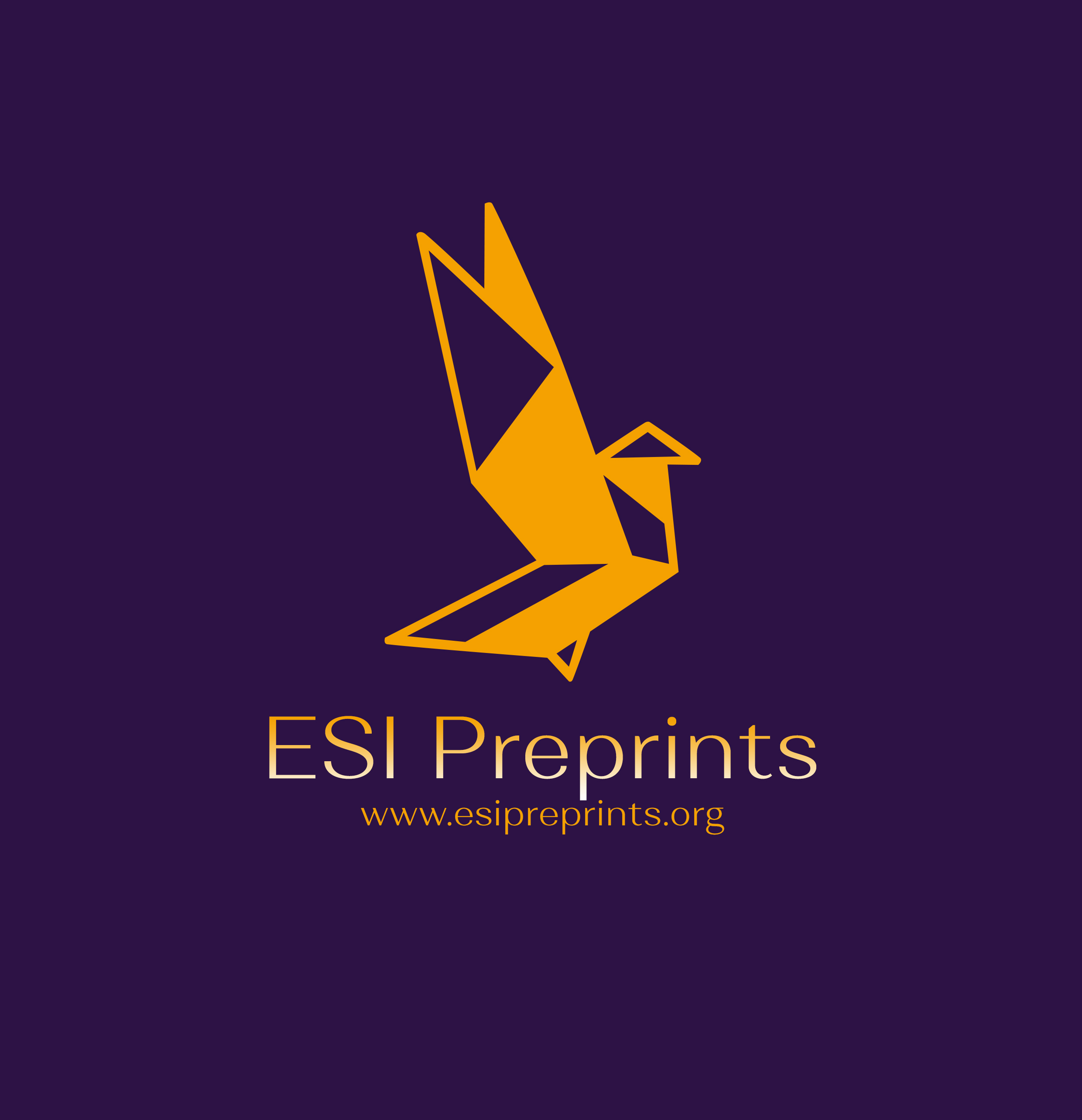A Roadmap for European Universities Policy Recommendation to Achieve HEI Sustainability: The Case of INVEST EU Alliance
Abstract
The European Union (EU) has emphasized the value of higher education, research, and innovation as engines for the continued socioeconomic and cultural advancement of Europe on several occasions. The European Universities Initiative (EUI), one of the most recent policy initiatives by the European Commission (EC) aims at advancing this agenda, via transnational collaborations of Higher Education Institutions (HEIs) to find new strategies for fostering European scientific excellence. This effort provides an administrative answer to the goals of European policy in terms of higher education, research, and innovation. This paper analyzes the potential benefits and risks the EUI alliances might face along four dimensions: their internal coordination, their methods of resolving conflicts, the commitment of member universities, and the cultural characteristics of the alliances. It is based on interviews with individuals holding key leadership and management roles in five member universities. We provide the case of INVEST EUI alliance as a complete case study for all the governmental, educational, structural, and financial challenges faced to draw a roadmap that can be used as policy recommendation for EU.
Downloads
Metrics
References
2. Maassen, P., Stensaker, B., & Rosso, A. (2022). The European university alliances—an examination of organizational potentials and perils. Higher Education, 1-16.
3. Arnaldo Valdés, R. M., & Gómez Comendador, V. F. (2022). European universities initiative: How universities may contribute to a more sustainable society. Sustainability, 14(1), 471.
4. Brooks, R., & Rensimer, L. (2023). The European Universities Initiative and European spatial imaginaries. Globalisation, Societies and Education, 1-14.
5. Brooks, R., & Waters, J. (2022). Partial, hierarchical and stratified space? Understanding ‘the international’in studies of international student mobility. Oxford Review of Education, 48(4), 518-535.
6. Glass, C. R., & Cruz, N. I. (2023). Moving towards multipolarity: Shifts in the core-periphery structure of international student mobility and world rankings (2000–2019). Higher Education, 85(2), 415-435.
7. Nada, C. I., & Legutko, J. (2022). “Maybe we did not learn that much academically, but we learn more from experience”–Erasmus mobility and its potential for transformative learning. International Journal of Intercultural Relations, 87, 183-192.
8. Grek, S., & Russell, I. (2023). Beyond Bologna? Infrastructuring quality in European higher education. European Educational Research Journal, 14749041231170518.
9. Iatrellis, O., Kameas, A., & Fitsilis, P. (2018, May). EDUC8: self-evolving and personalized learning pathways utilizing semantics. In 2018 IEEE Conference on Evolving and Adaptive Intelligent Systems (EAIS) (pp. 1-8). IEEE.
10. Enora Bennetot Pruvot and Thomas Estermann, 2017. University Autonomy in Europe III: The Scorecard. https://www.eua.eu/downloads/publications/university%20autonomy%20in%20europe%20iii%20the%20scorecard%202017.pdf
11. Challenges for ‘European Universities’ revealed by survey, University World News, 2023.https://www.universityworldnews.com/post.php?story=20200501095005418 (accessed Aug. 11, 2023).
Copyright (c) 2024 Pandelis Ipsilandis, Konstantinos Kokkinos, Nicholas Samaras

This work is licensed under a Creative Commons Attribution 4.0 International License.








